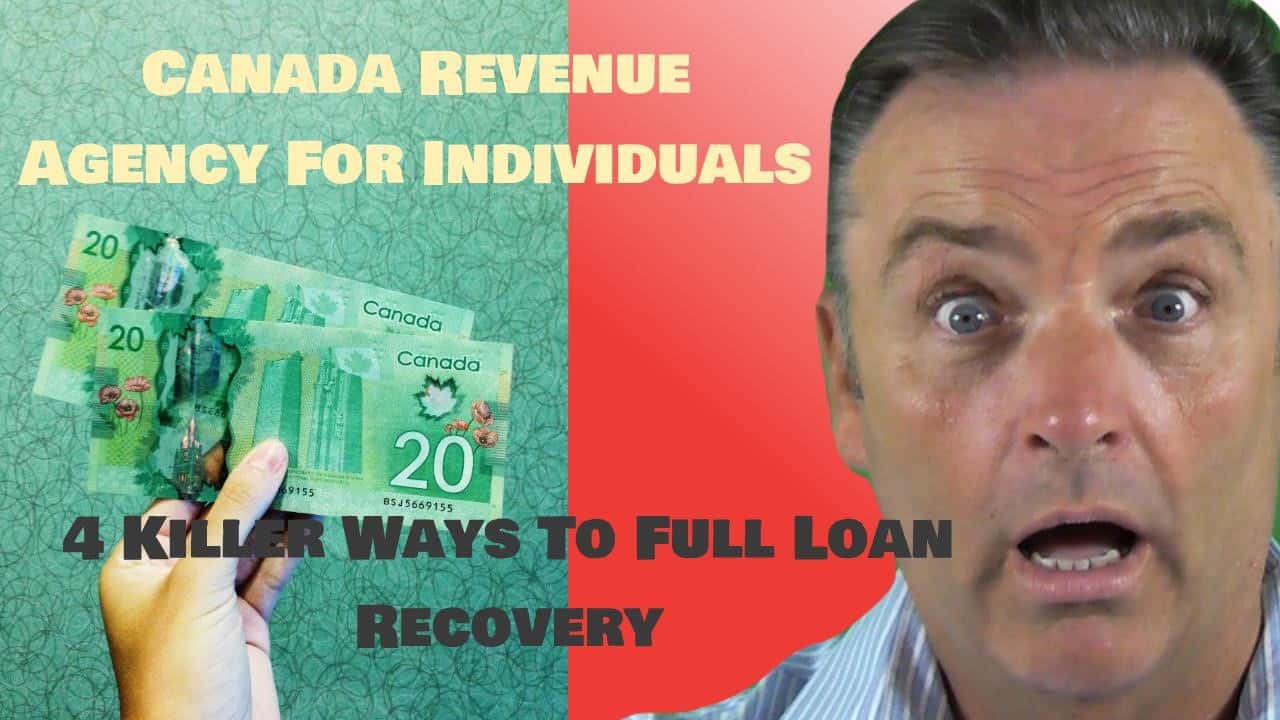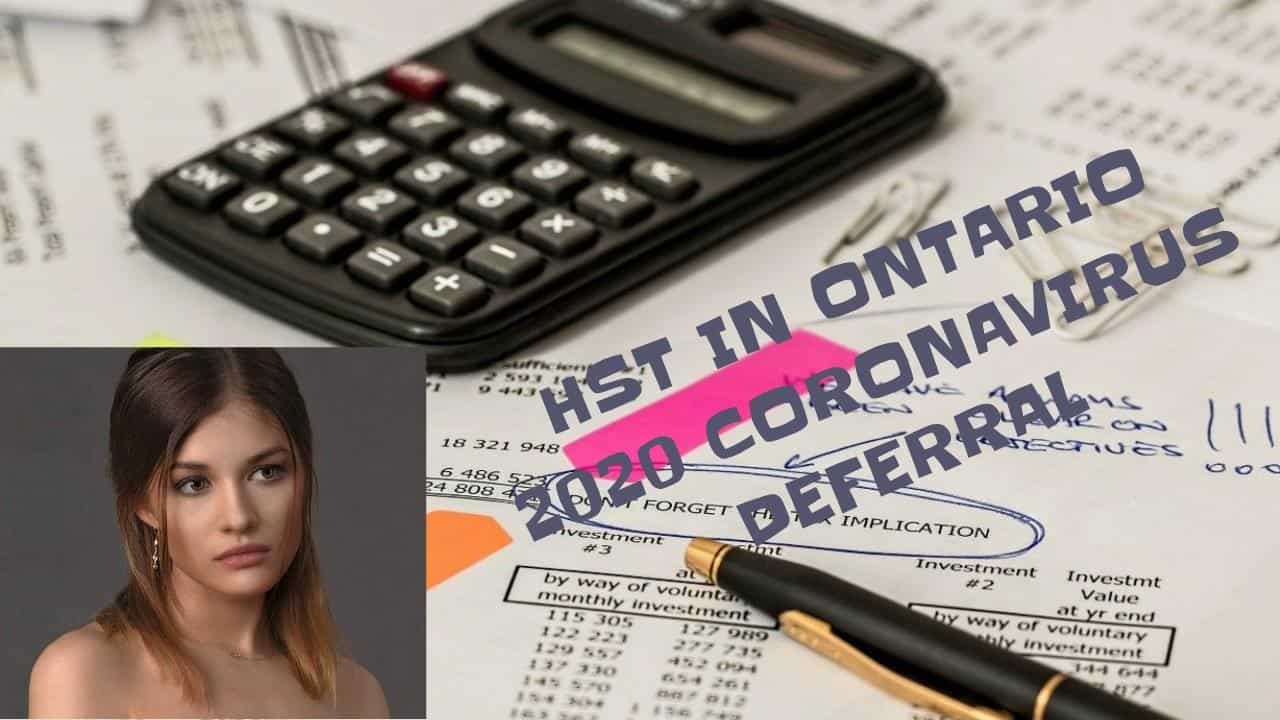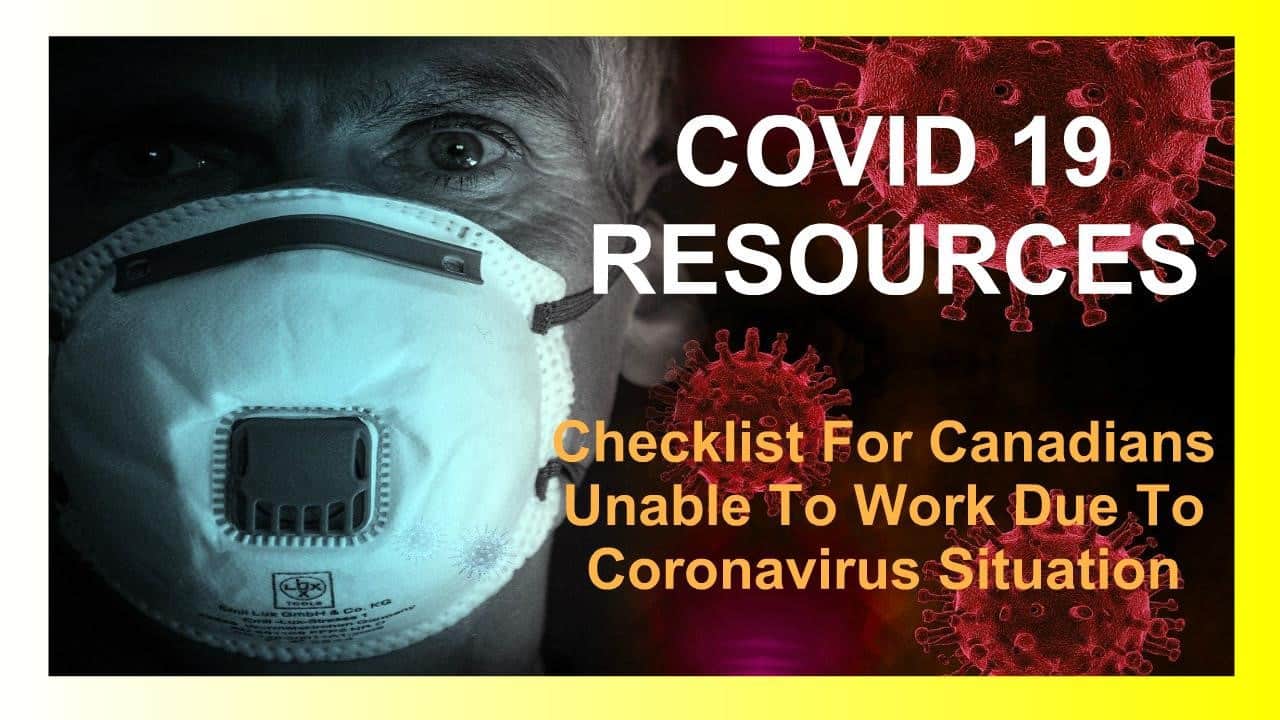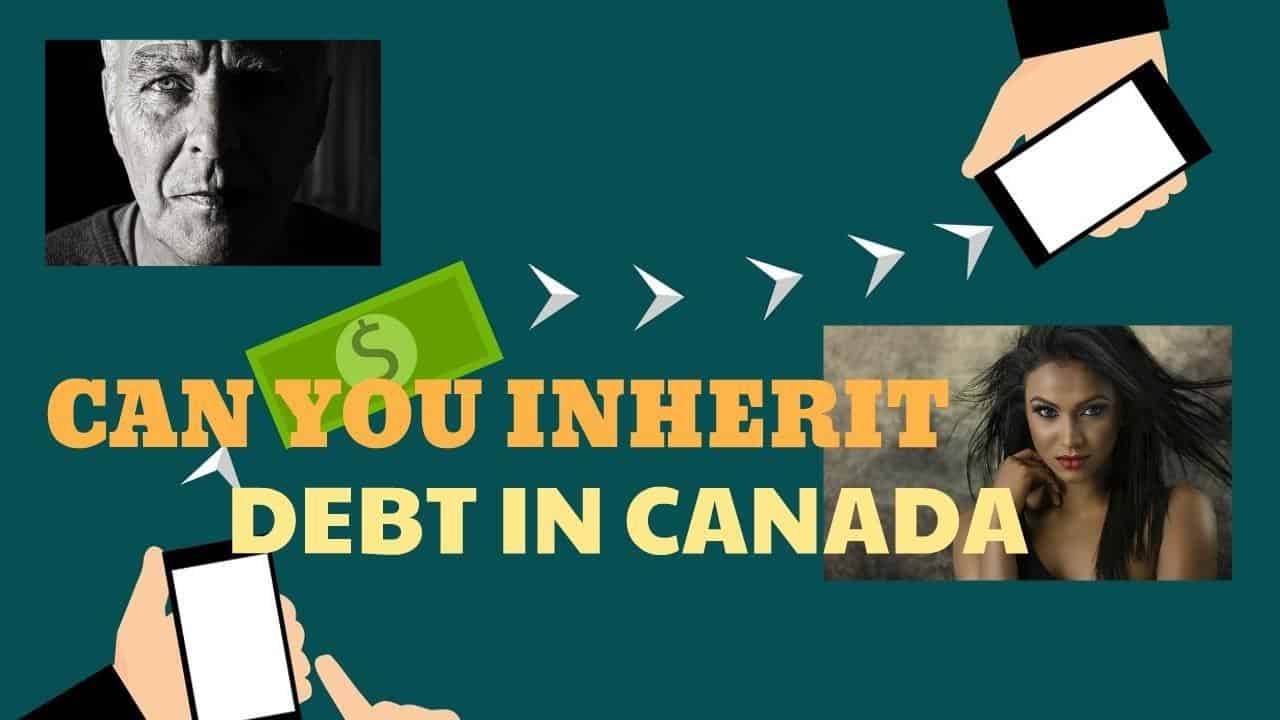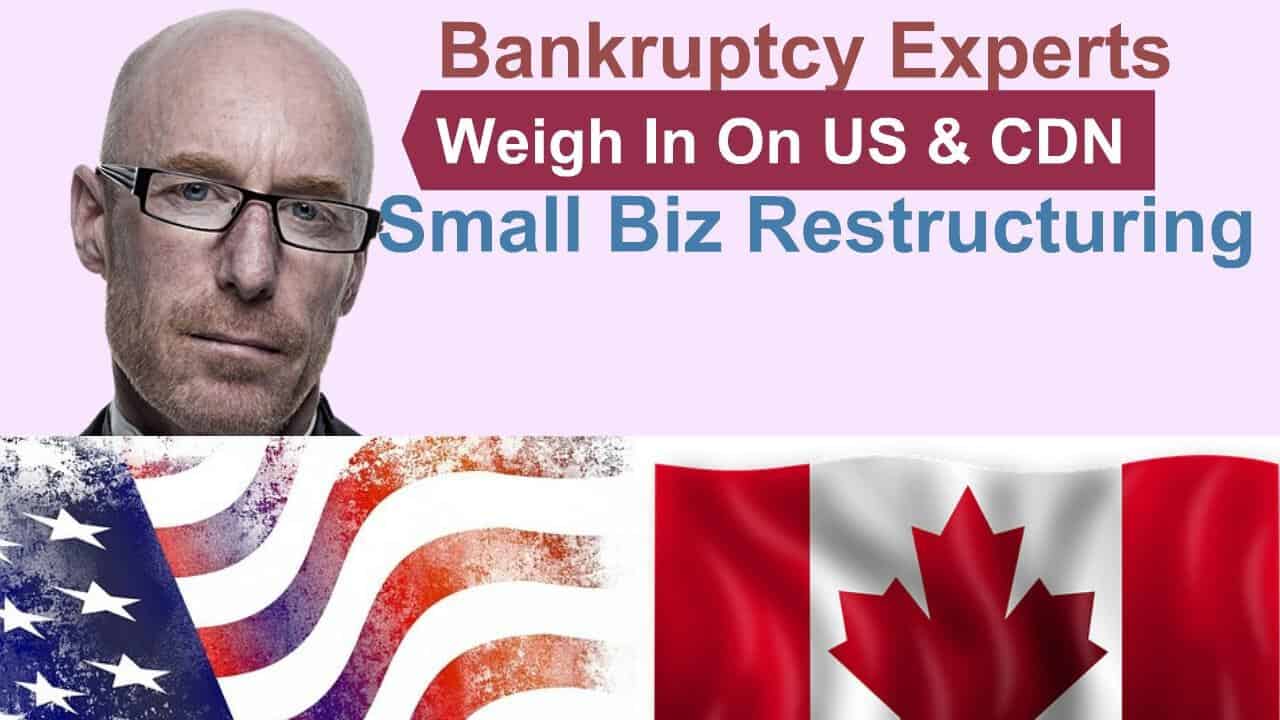The Ira Smith Team is totally operational and both Ira and Brandon Smith are here for a telephone consultation, conference calls, and virtual meetings.
Keep healthy and safe everybody.
Canada Revenue Agency login introduction
The Canada Revenue Agency login for its online services has been suspended after what became 3 separate cyberattacks. It ends up that the cyber assaults took place over a one week to 10 day period. The very first strike was the biggest, but, it was originally held under wraps. The news being reported last weekend was after the third strike.
Hackers utilized hundreds of swiped usernames and passwords to fraudulently acquire government services and compromise Canadians’ personal information. A data breach is never a good idea, yet this could not have actually come at a worse time.
The purpose of this Brandon’s Blog is to look at the Canada Revenue Agency login issues and what it means right now. It is not so much about debt issues. Rather, I combed through all publicly available information in order to do more of a public service announcement on this terrible event.
The Canada Revenue Agency login hack debacle
A total amount of 5,500 Canada Revenue Agency (CRA) accounts were targeted in what the federal government defined as three credential stuffing strikes, in which cyberpunks make use of passwords as well as usernames from other Canadian information websites to access Canadians’ accounts with the CRA. The CRA has actually temporarily closed down the Canada Revenue Agency login for online services after it was hit by these 3 cyberattacks.
Both personal and business tax information accounts have been banged with numerous credential stuffing assaults. It appears that these strikes used passwords and also usernames accumulated from previous hacks of accounts elsewhere. It made use of the fact that many individuals reuse passwords and usernames throughout several accounts.
Credential stuffing is a form of cyberattack that relies on databases of peoples’ login info made readily available with previous data breaches. The hackers utilize that information to try to get to new databases, such as using the Canada Revenue Agency login online site.
The violations allowed hackers to apply for illegal Canada Emergency Response Benefit (CERB) payments. It also allowed them to get email addresses, other personal information to use for identity theft scams as well as bank account information. Presumably, the hackers can then go to your bank account and try the same username and password to see if they can steal your money too.
How do I know if I was impacted by the Canada Revenue Agency login data breach?
Government authorities claim Canadians impacted by the Canada Revenue Agency login cyber attack will be informed by the CRA this week whether their account was breached and also what to do about it.
A variety of Canadians might have currently received alerts from the CRA by e-mail or phone over the weekend, officials claim. An email has additionally been sent out to every EI recipient, stated Lori MacDonald, the chief operating officer with Service Canada.
Nonetheless, some Canadians have discovered the breaches themselves.
What do I do if the Canada Revenue Agency login hacking impacted me?
Anybody who has actually been affected will certainly be contacted by the CRA either by e-mail or by letter, which will clarify exactly how to reconfirm your identity as well as recover access to your account. The CRA and other federal authorities did not yet give details on what’s called for to reauthenticate a breached account.
As soon as reactivated, the account owner will certainly be motivated to add email alerts as an added security layer if they already did not have the alternative activated.
“These notifications act as an early warning to Canadians of potential breaches to their account,” said Annette Butikofer, Assistant Commissioner and Chief Information Officer, Information Technology, Government of Canada.
The federal government is cautioning Canadians not to recycle old passwords after the thousands of accounts involved in the Canada Revenue Agency login breach were targeted in a credential stuffing strike.
Those impacted will additionally want to contact their bank if they had direct deposit info included in their CRA My Account. They will want to make sure that there has been no irregular activity in their account and to change the username and password immediately.
Annette Butikofer sure has chutzpah over the Canada Revenue Agency login data breach
I am somewhat insulted and also embarrassed by the perspective taken by Annette Butikofer. She does not acknowledge that possibly CRA should have closed down the system after the first cyberattack. Why did CRA and Ms.Butikofer have to wait on 3 assaults? She likewise does not claim that our federal government should have had a far better system to protect against such a credential stuffing strike.
The credential stuffing cyberattack methodology has been understood for several years. To make it also worse, there has been credential stuffing cyber attacks on the United States government computer systems going in May 2020 surrounding COVID-19 benefits. Surely Ms. Butikofer knew of them and also could have executed new controls in May or June of this year to secure against the exact same type of assaults that came upon CRA in August 2020.
However, all she can appear to do is scold Canadians not to be so careless with utilizing common usernames and passwords. Just how about looking in the mirror to the person that did such poor work securing my personal details on the feds’ computer systems?
Even though there has been a Canada Revenue Agency login data breach, can I still apply for benefit programs?
The decision to briefly put on hold the CRA’s online access comes as numerous Canadians still need to get COVID-19 -related benefit programs, such as the fifth round of the Canada Emergency Wage Subsidy (CEWS).
While on-line solutions are inaccessible, Canadians can still apply for programs like CERB, according to senior government authorities. Clearly this is not a perfect circumstance.
Canadians can use it by calling 1-800-959-8281. Canadians can additionally, still look for these benefits retroactively over the phone. Nonetheless, that contact number is a general number for all kinds of personal tax inquiries. Likewise, CRA has actually said that it is focusing on telephone calls from the victims of the strikes and is answering phone calls as promptly as feasible.
When calling the CRA, people can pick the report a suspected identity theft because of the Canada Revenue Agency login debacle alternative. This will presumably expedite their contact with a specialized representative suitably educated to handle these concerns.
Expedite may be a relative term. I am sure the wait time will be substantial. I sure hope they have some good music while people are on hold waiting.
The RCMP is now investigating the Canada Revenue Agency login breach
The RCMP is examining, and the federal Privacy Commissioner has been spoken to and informed about the hacking violations. As of August 15, 2020, it was uncertain what info had been gotten by the hackers.
CBC News reported that numerous Canadians say e-mail addresses associated with their CRA accounts had actually been altered, their bank payment details modified, and those COVID-19 support payments under the CERB had actually been released in their name even though they had never applied for the benefit.
Authorities are also now trying to establish the number of government services and just how much financial assistance was acquired fraudulently. The RCMP and the Privacy Commissioner have been called upon to examine the range and scope of individual information stolen. I am rather terrified to think about the extent of the theft of both private information of Canadian taxpayers and government funds.
Privacy Commissioner Daniel Therrien has been promoting changes to the Privacy Act to make such breach immediate reporting mandatory. As it stands, government divisions just have to notify affected people in case of “material” breaches. Situations including the theft of sensitive personal details which fairly can be expected to create major injury or damage to people, such as this Canada Revenue Agency login breach, must qualify for reporting.
Canada Revenue Agency login breach summary
This Canada Revenue Agency login cyberattack is very scary. Our government has yet to say anything reassuring us as to what they are doing to protect our private information.
The Ira Smith Team’s family hopes you and your family are staying safe, healthy, and well-balanced. Our hearts go out to every person who has been affected either through inconvenience or personal family tragedy.
We are all citizens of Canada and we have to coordinate our efforts to stop the spread of the coronavirus. Social distancing and self-quarantining are sacrifices that are not optional. Family members are literally separated from each other. We look forward to the time when things can return to something close to normal and we can all be together again physically.
Ira Smith Trustee & Receiver Inc. has always employed clean and safe habits in our professional practice and continues to do so.
If you need financial help right now, feel confident that Ira or Brandon can still assist you. Telephone consultations and/or virtual conferences are readily available for anyone feeling the need to discuss their personal or company situation.
Are you now worried just how you or your business are going to survive? Those concerns are obviously on your mind. This pandemic situation has made everyone scared.
The Ira Smith Team understands these concerns. More significantly, we know the requirements of the business owner or the individual that has way too much financial debt. You are trying to manage these difficult financial problems and you are understandably anxious.
It is not your fault you can’t fix this problem on your own. The pandemic has thrown everyone a curveball. We have not been trained to deal with this. You have only been taught the old ways. The old ways do not work anymore. The Ira Smith Team makes use of new contemporary ways to get you out of your debt problems while avoiding bankruptcy. We can get you debt relief now.
We look at your whole circumstance and design a strategy that is as distinct as you are. We take the load off of your shoulders as part of the debt settlement strategy we will draft just for you.
We understand that people facing money problems require a lifeline. That is why we can establish a restructuring procedure for you and end the discomfort you feel.
Call us now for a no-cost consultation. We will listen to the unique issues facing you and provide you with practical and actionable ideas you can implement right away to end the pain points in your life, Starting Over, Starting Now.
The Ira Smith Team is totally operational and both Ira and Brandon Smith are here for a telephone consultation, conference calls, and virtual meetings.
Keep healthy and safe everybody.



